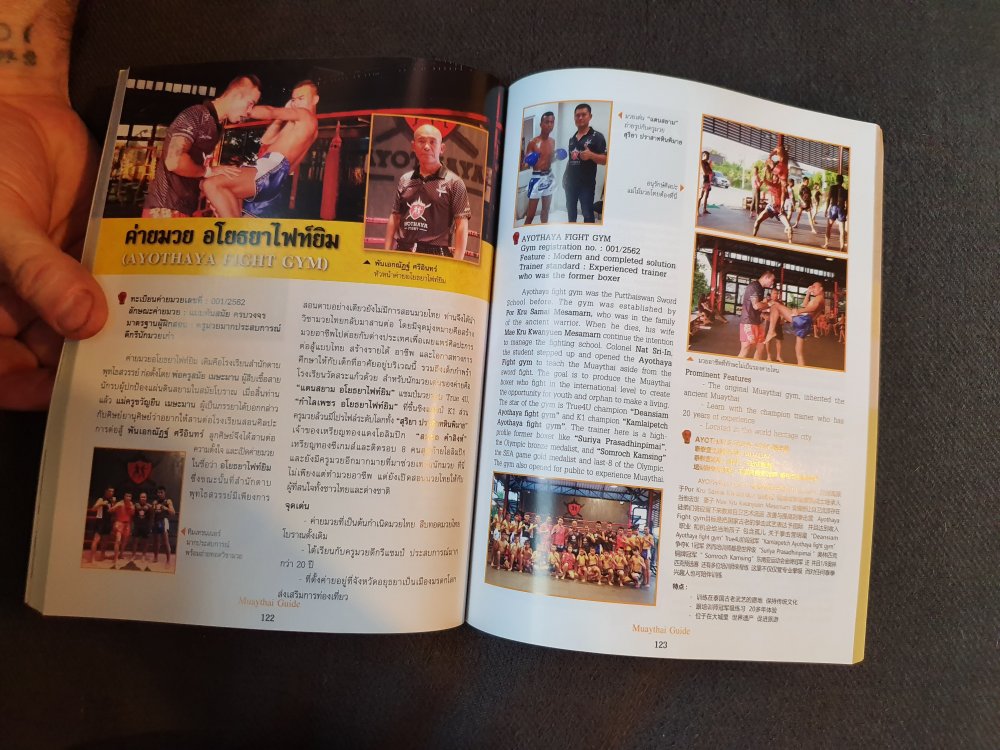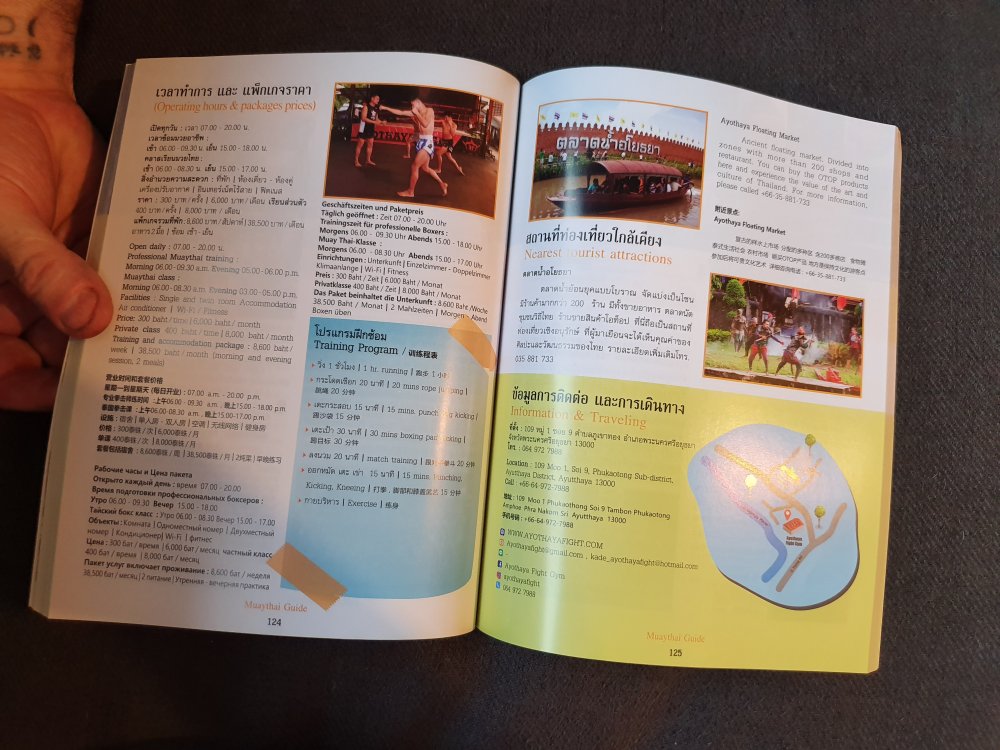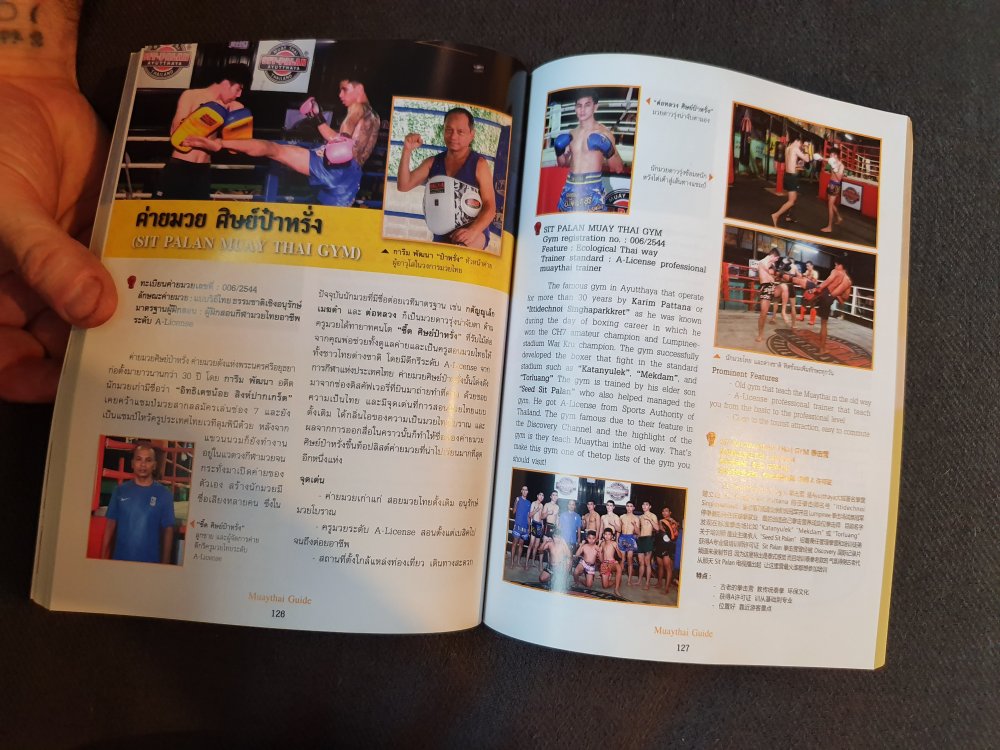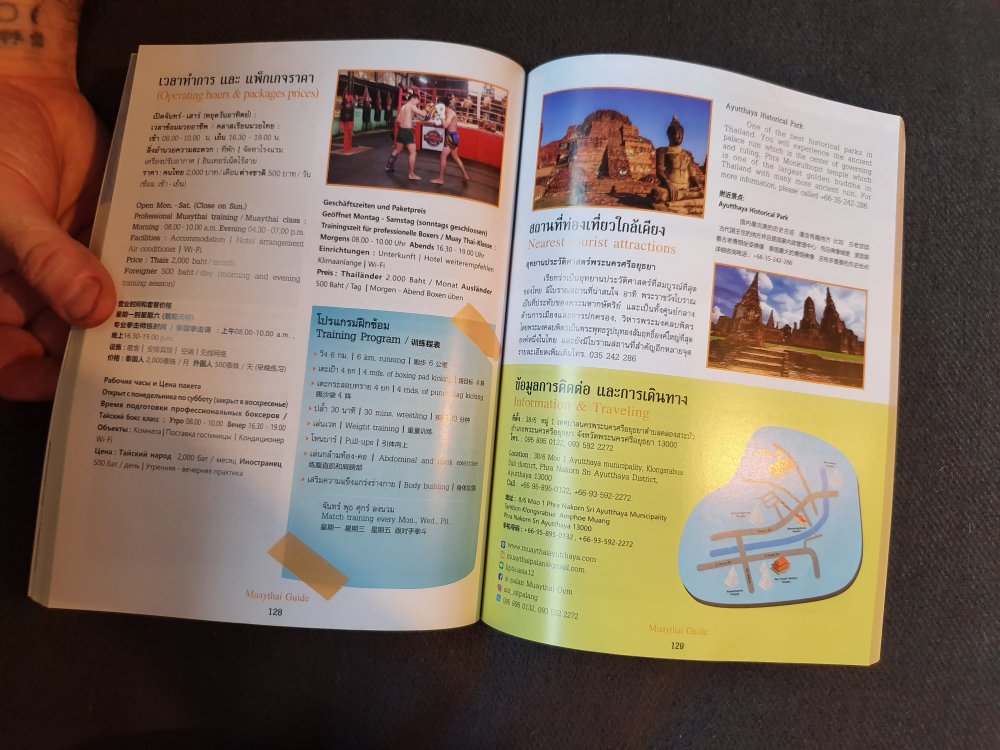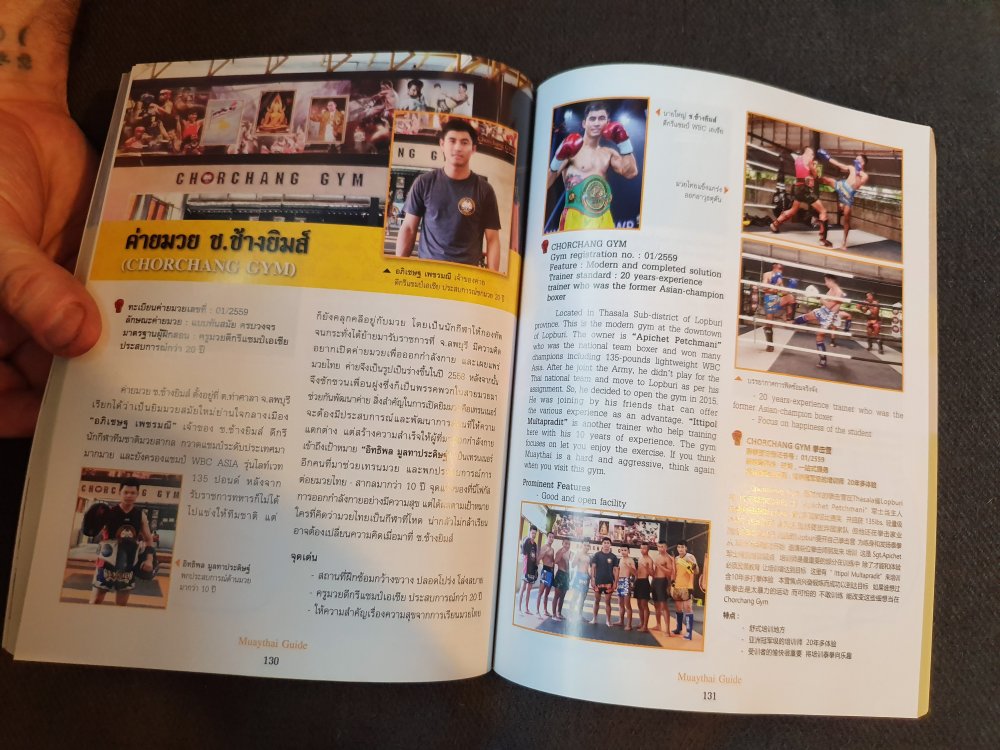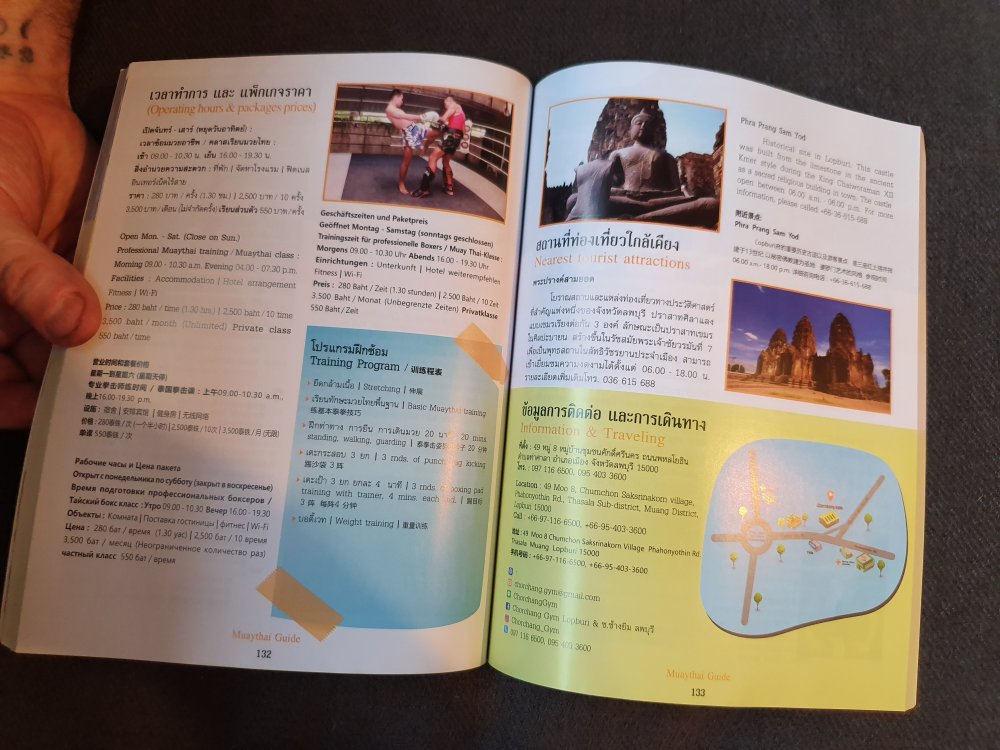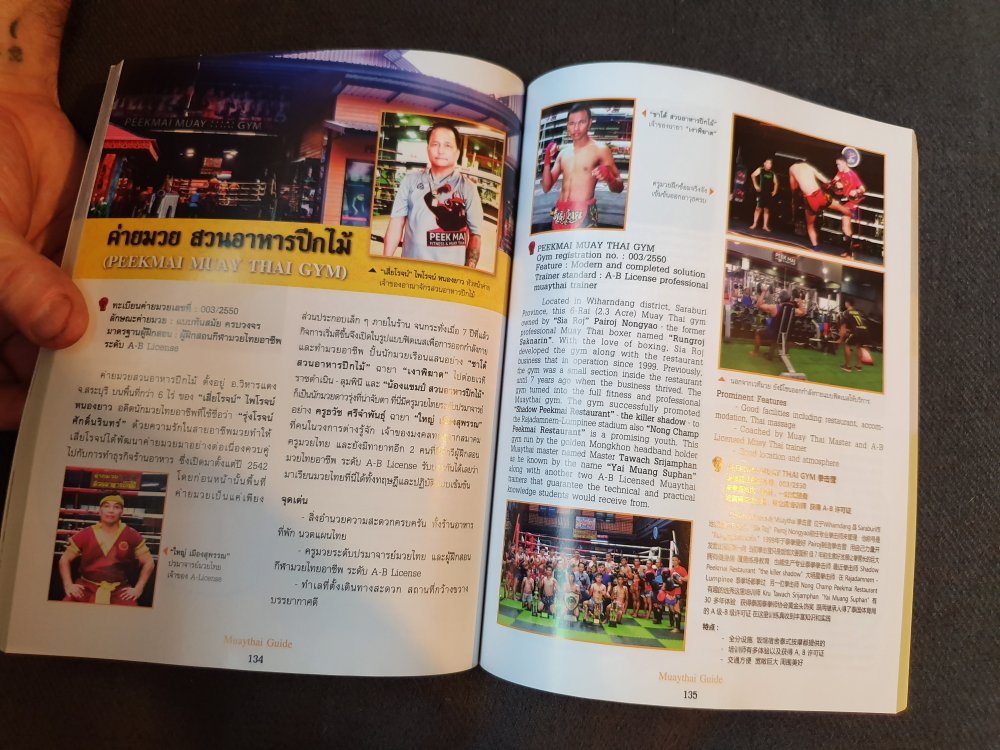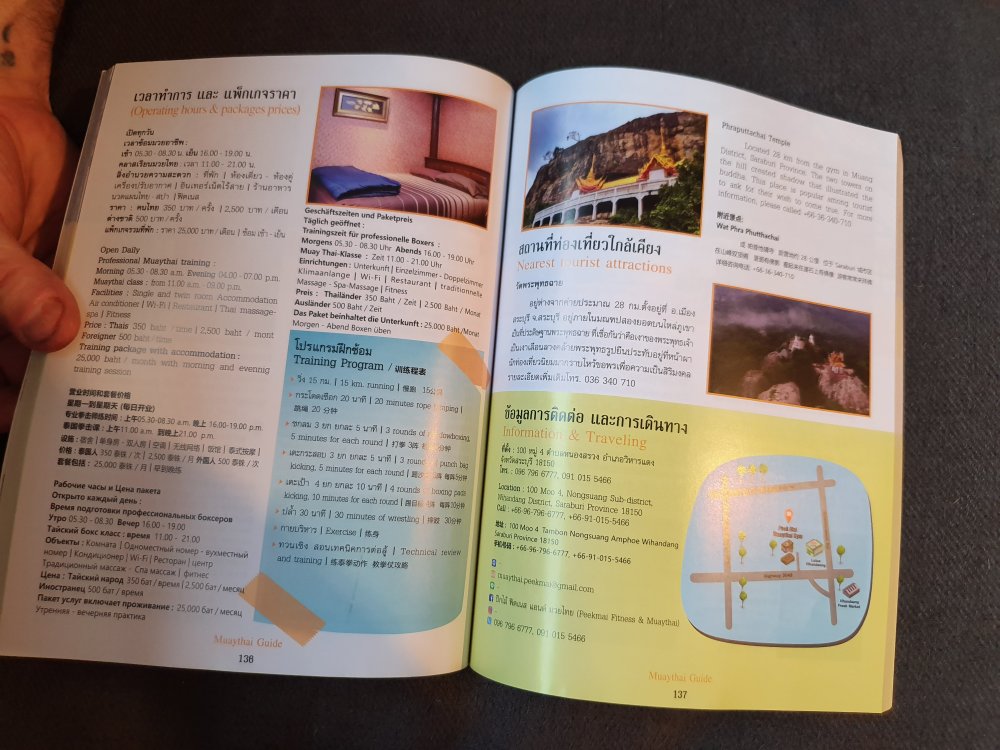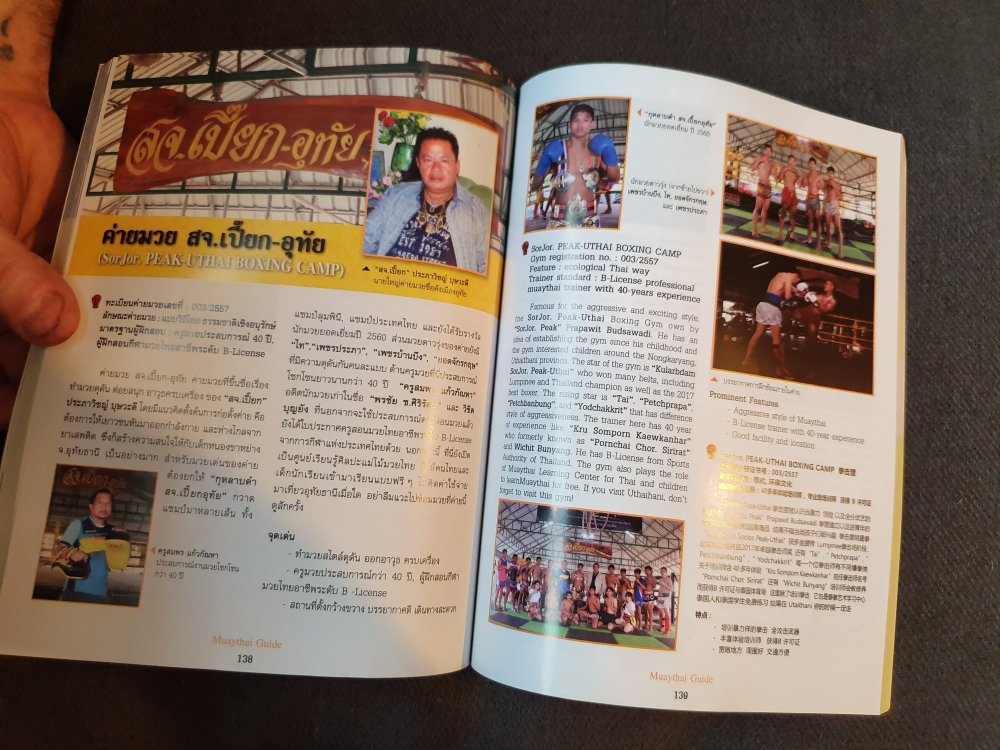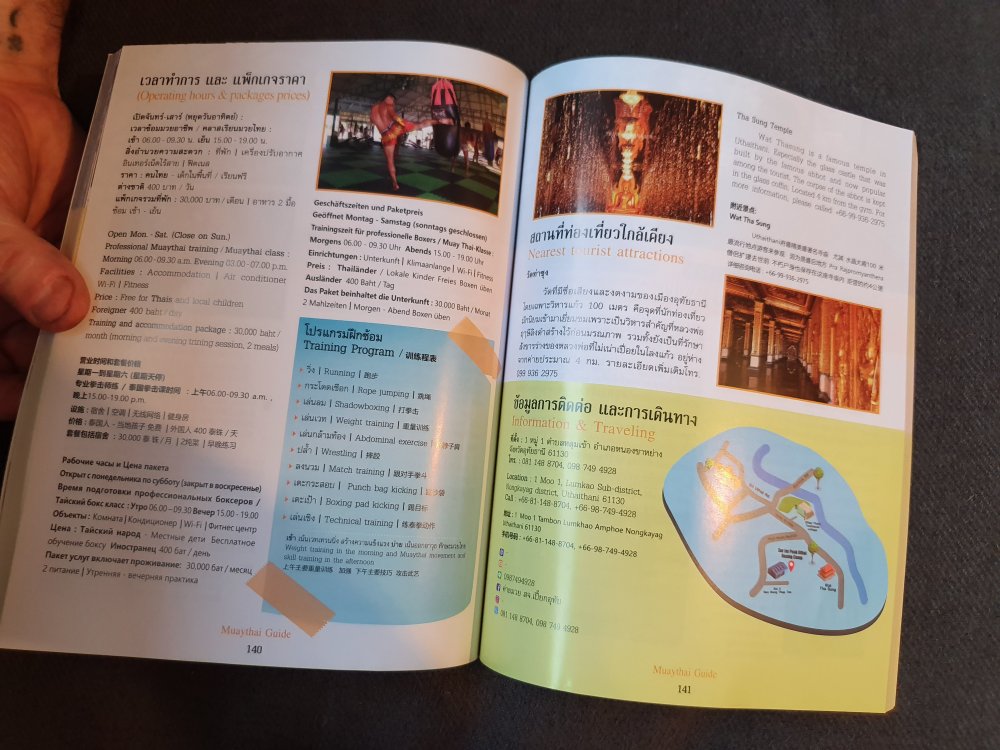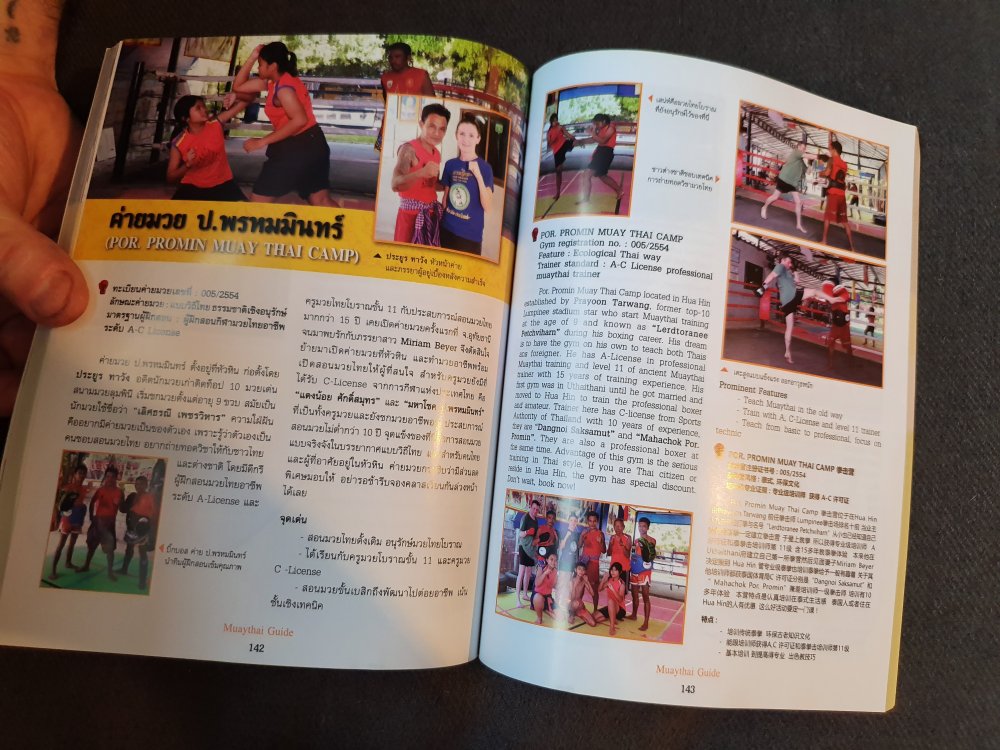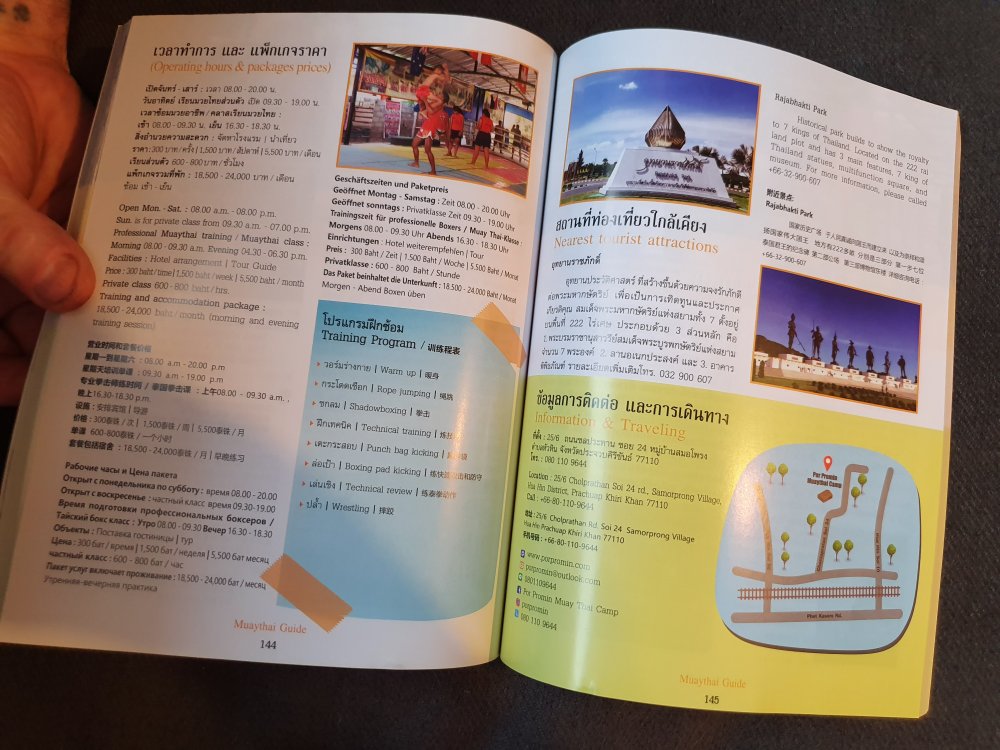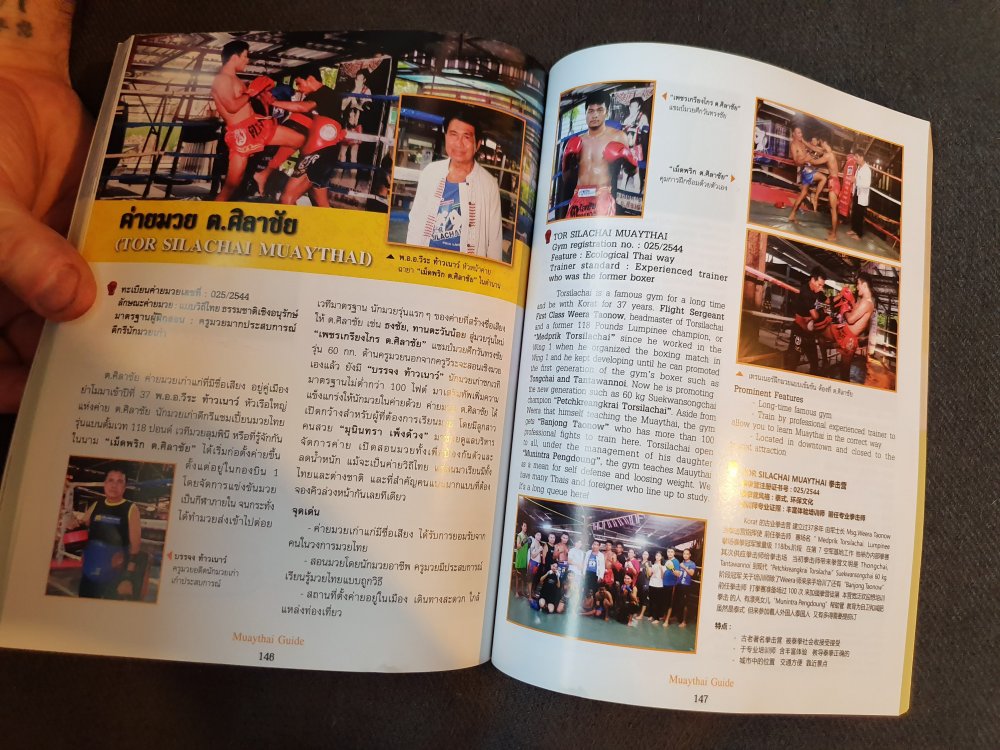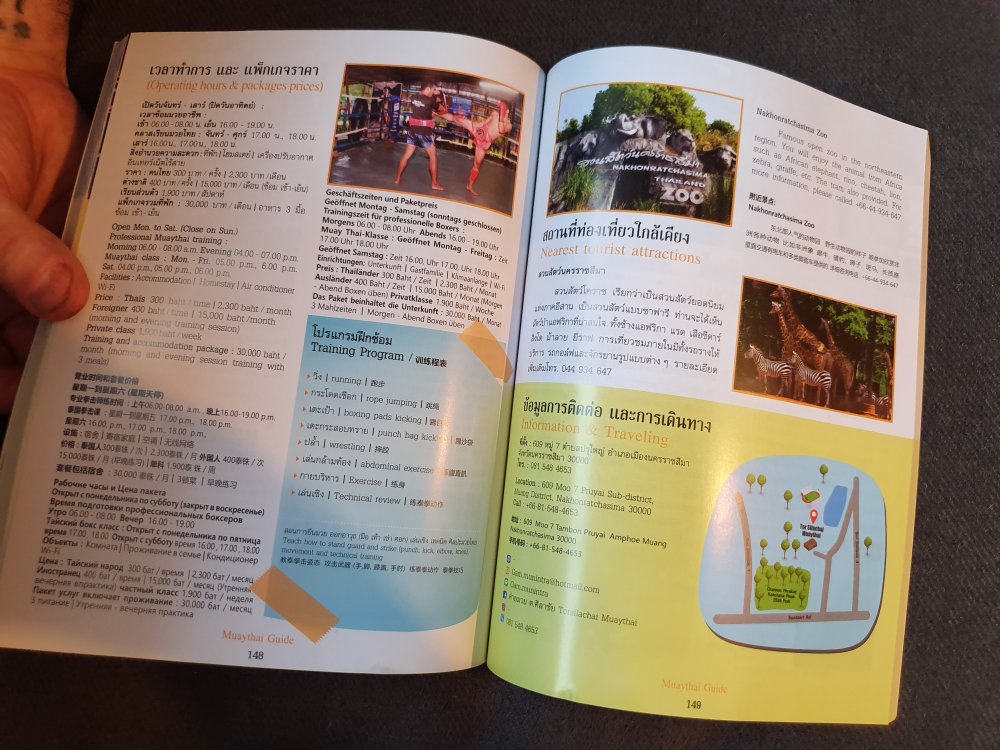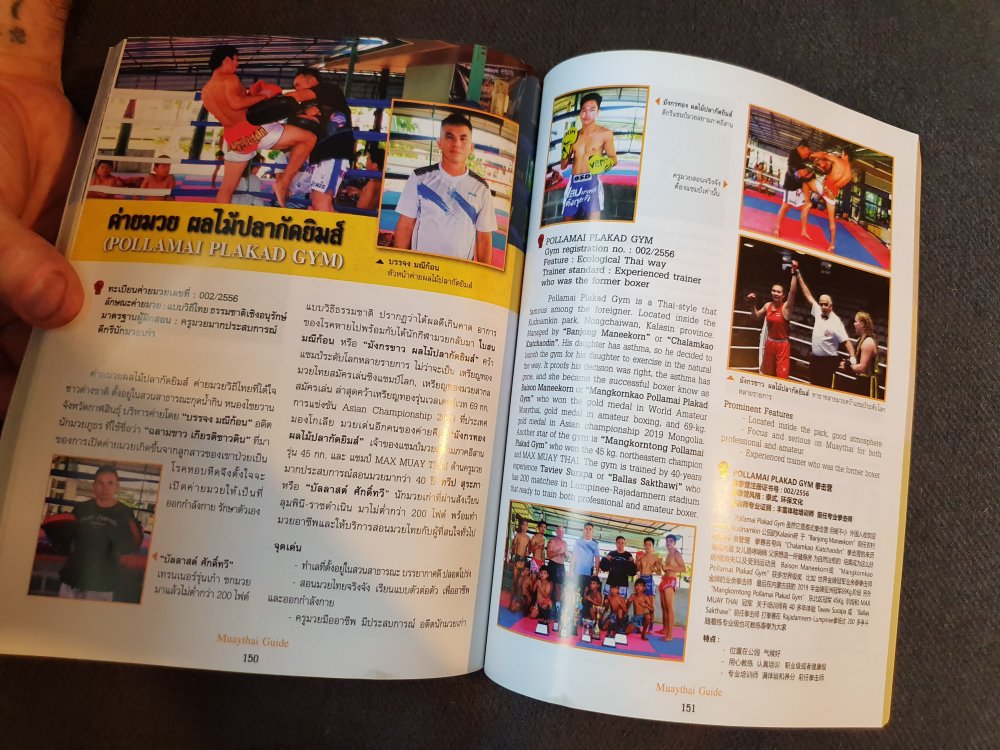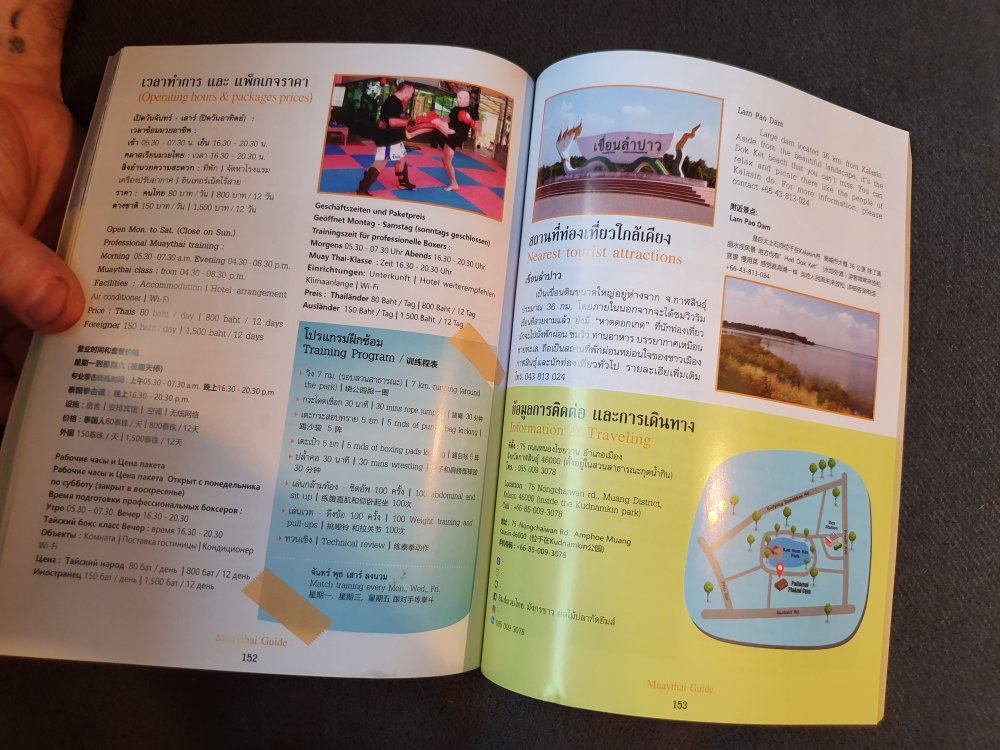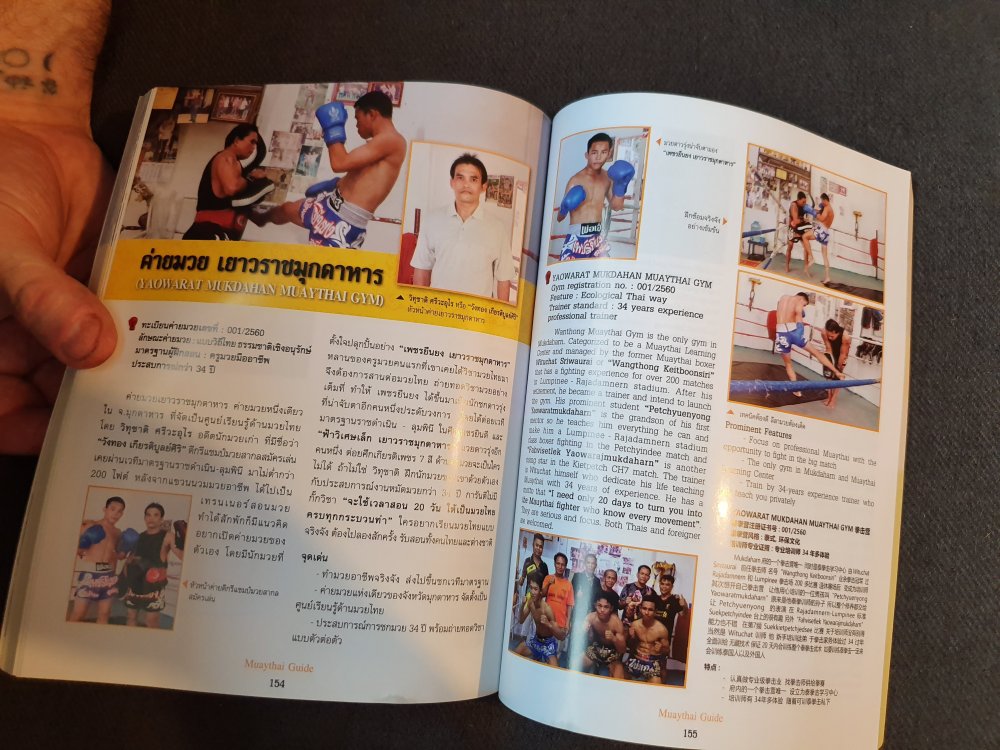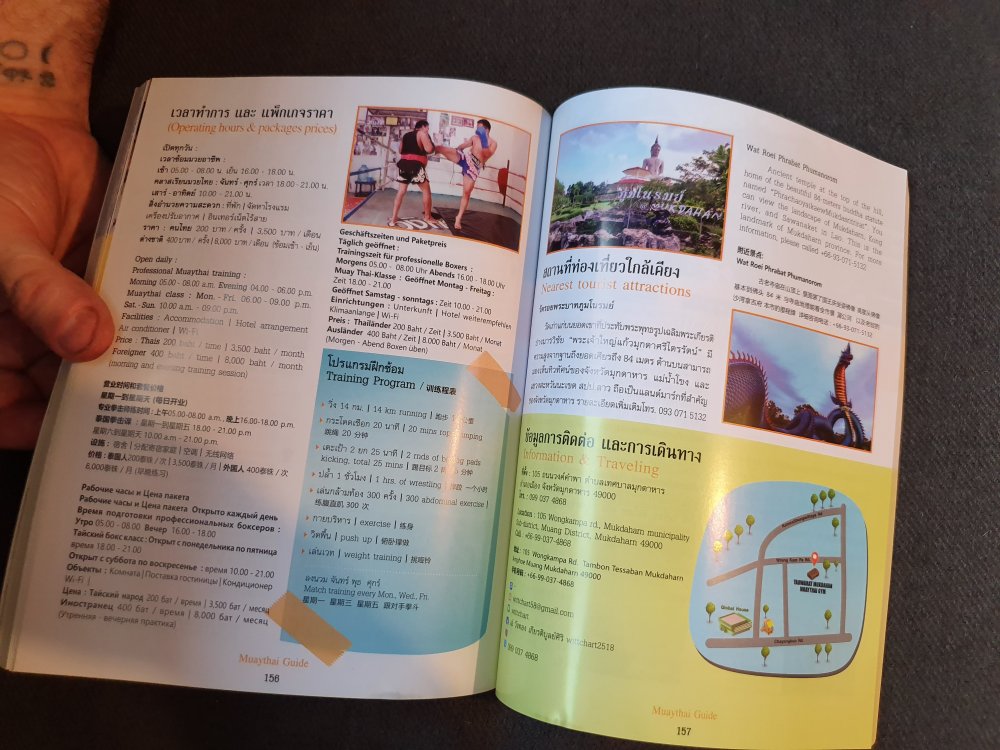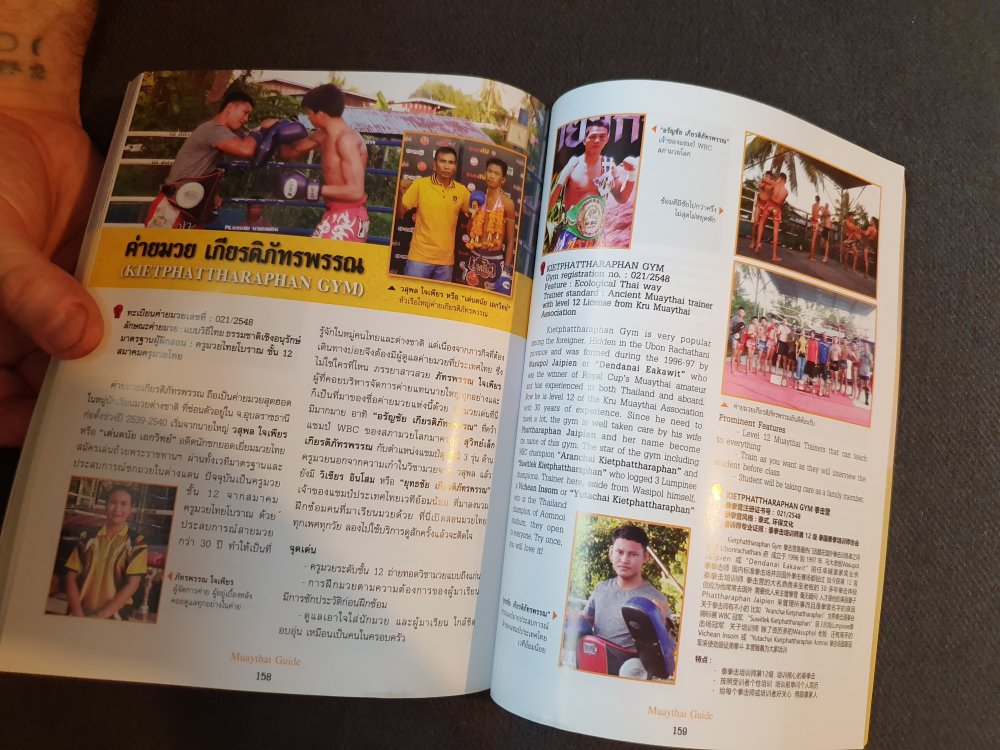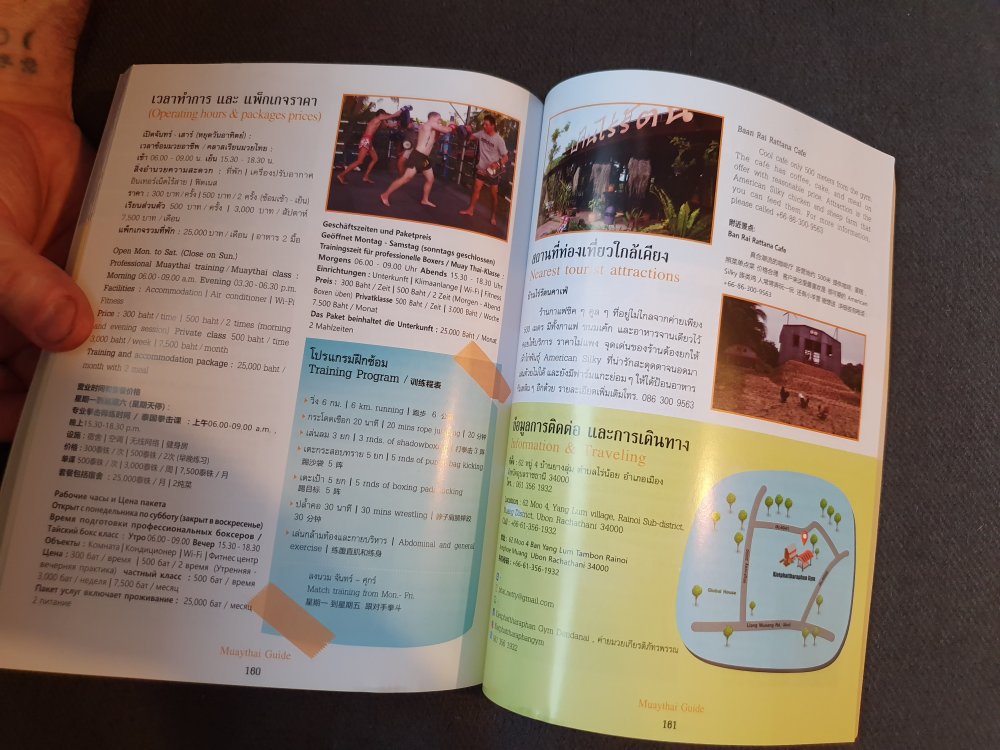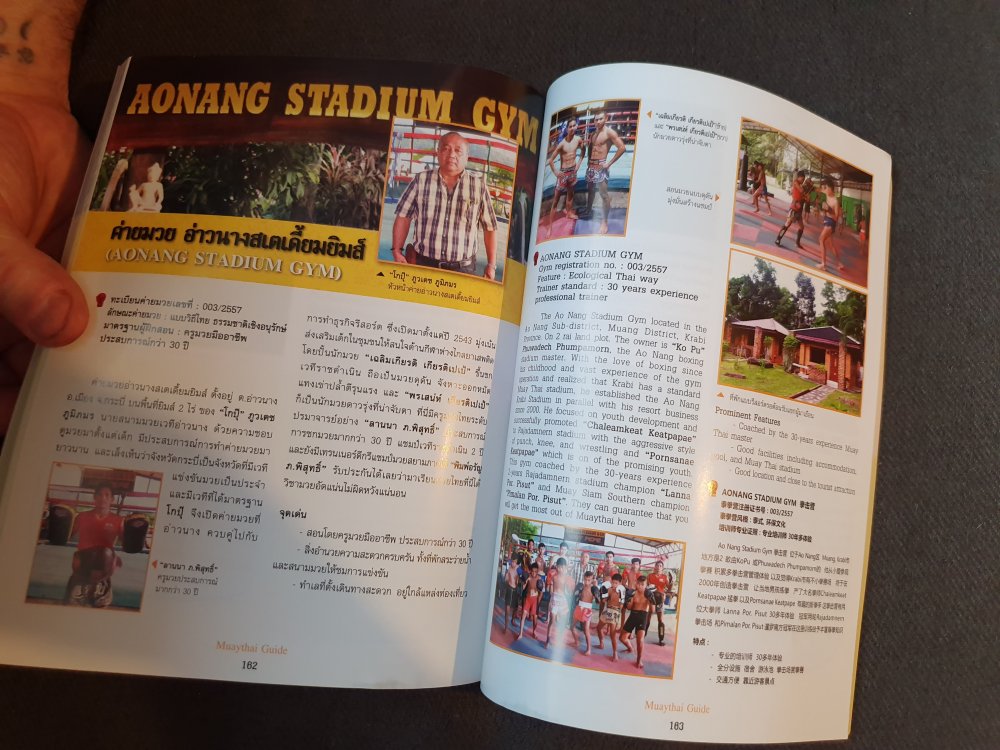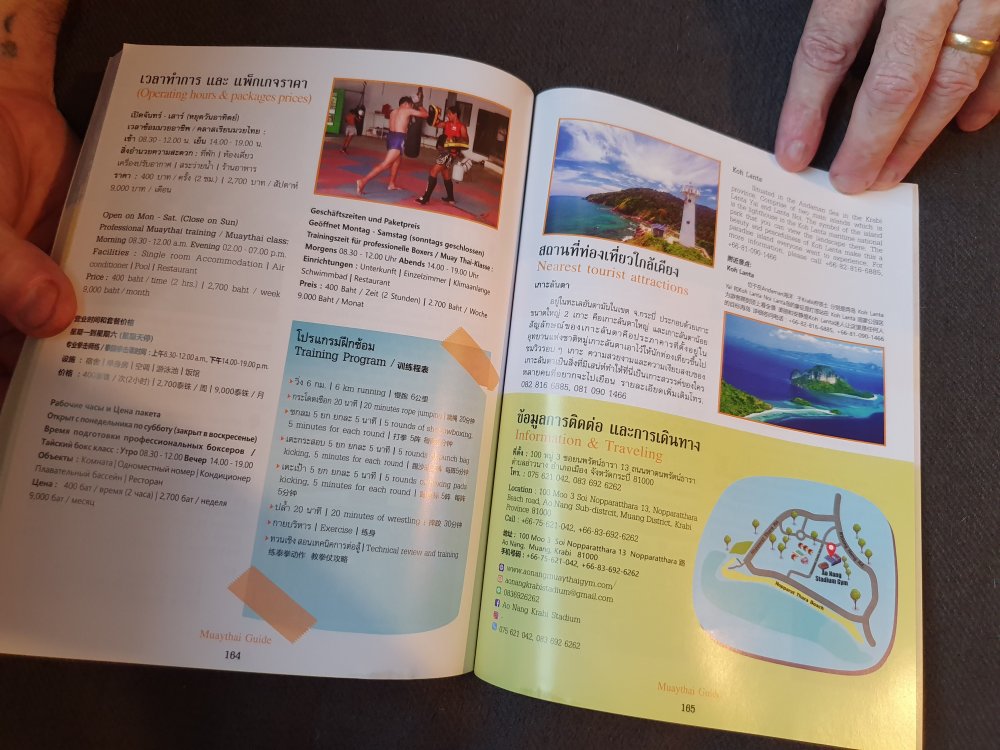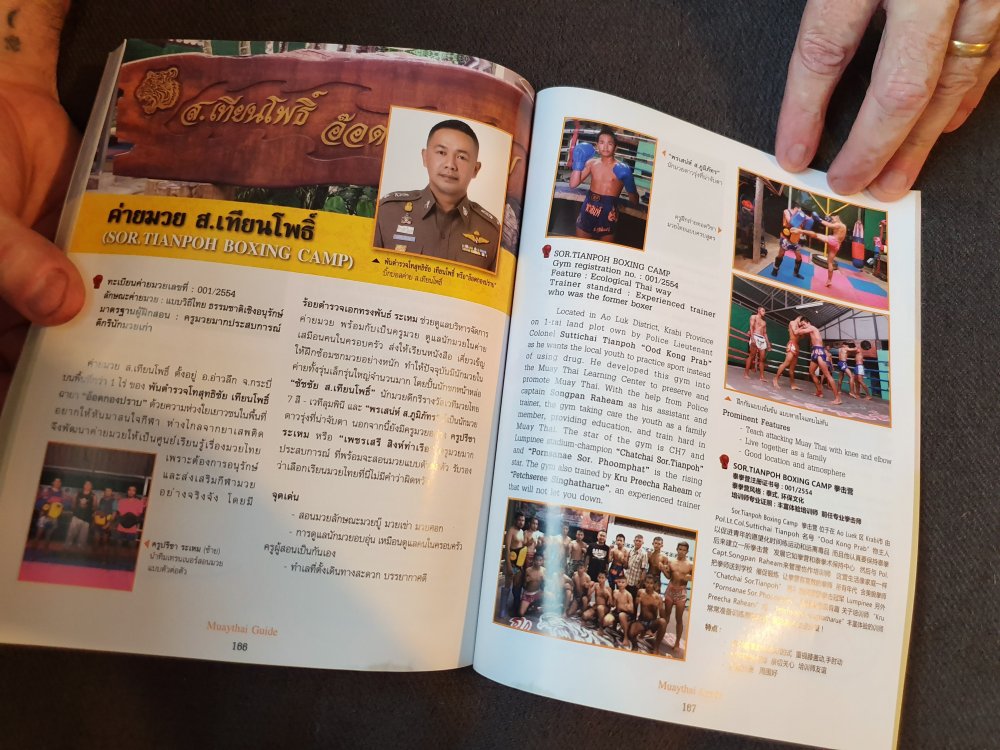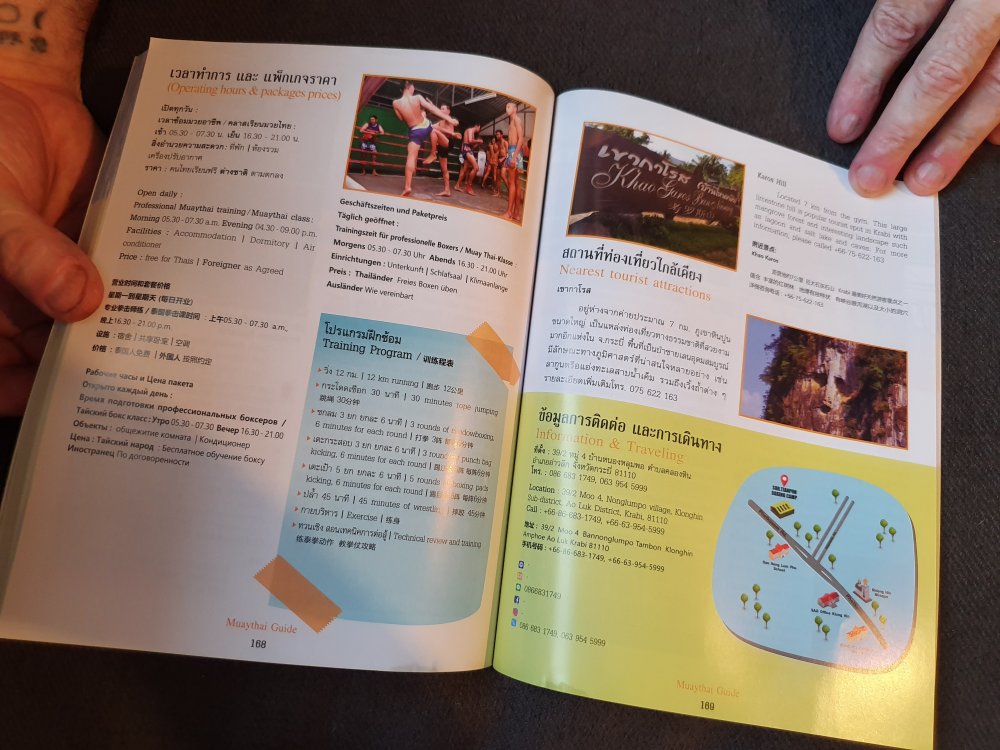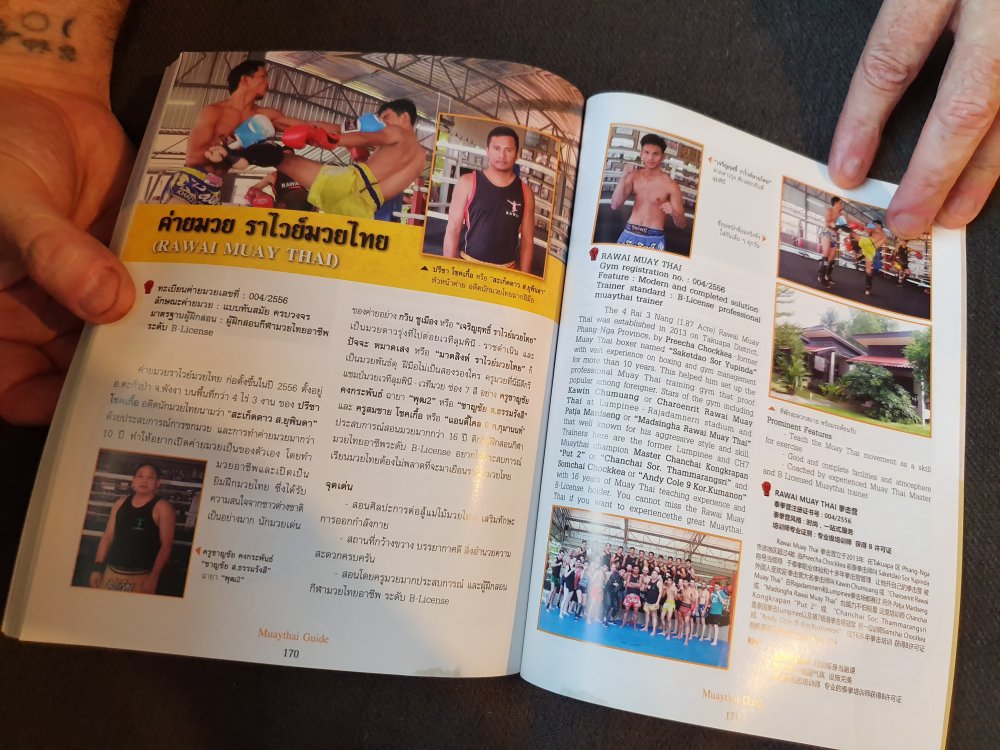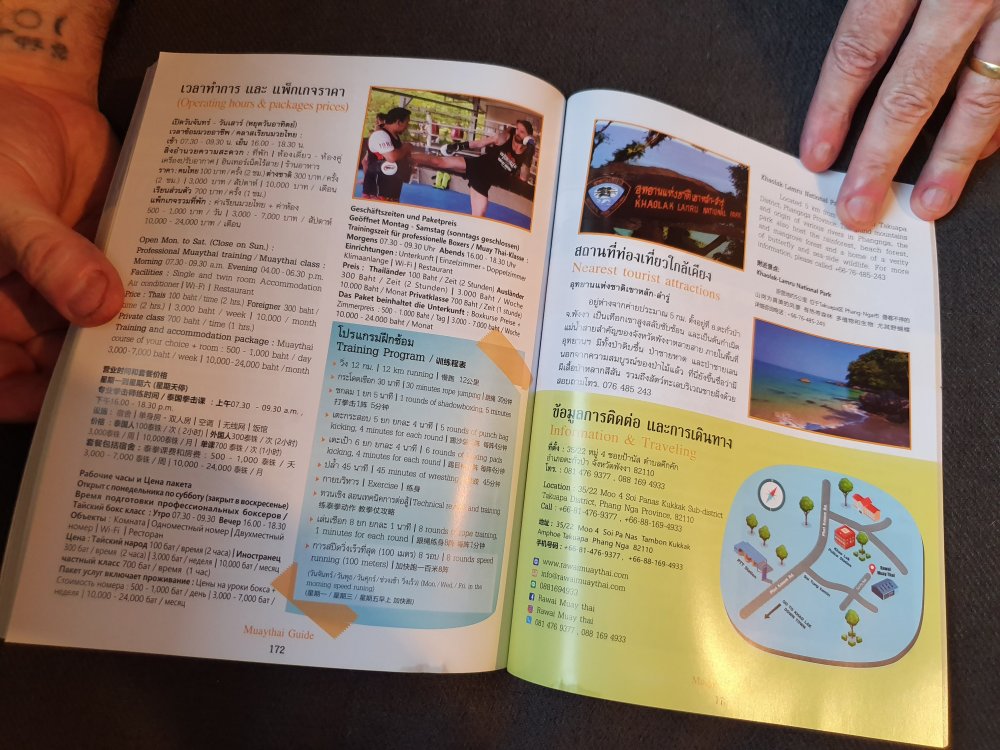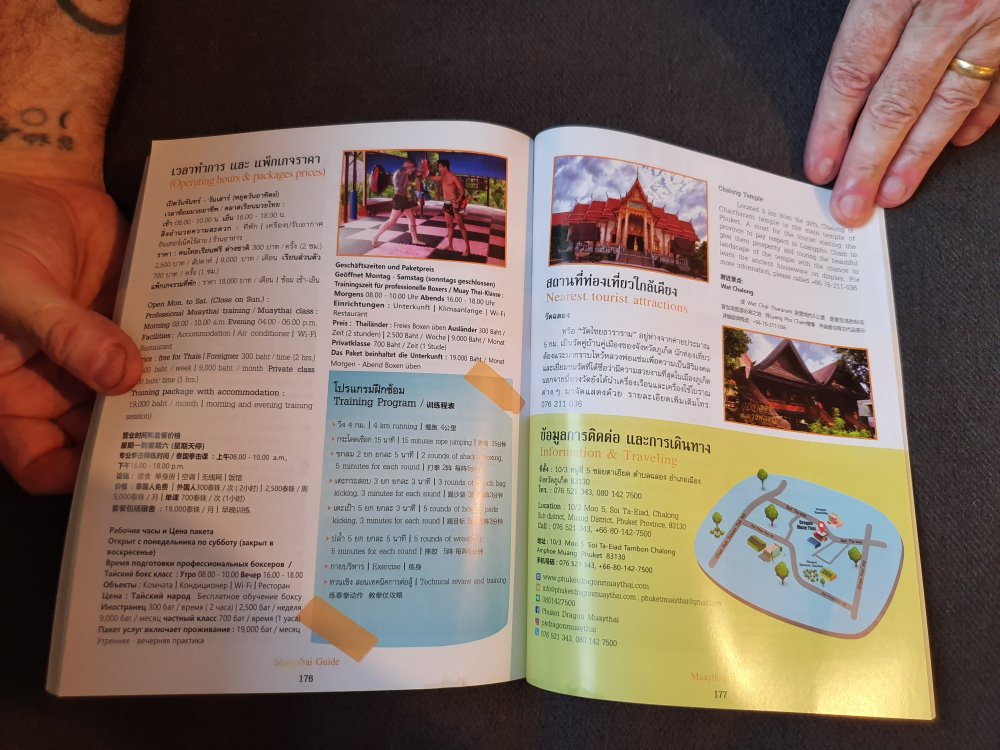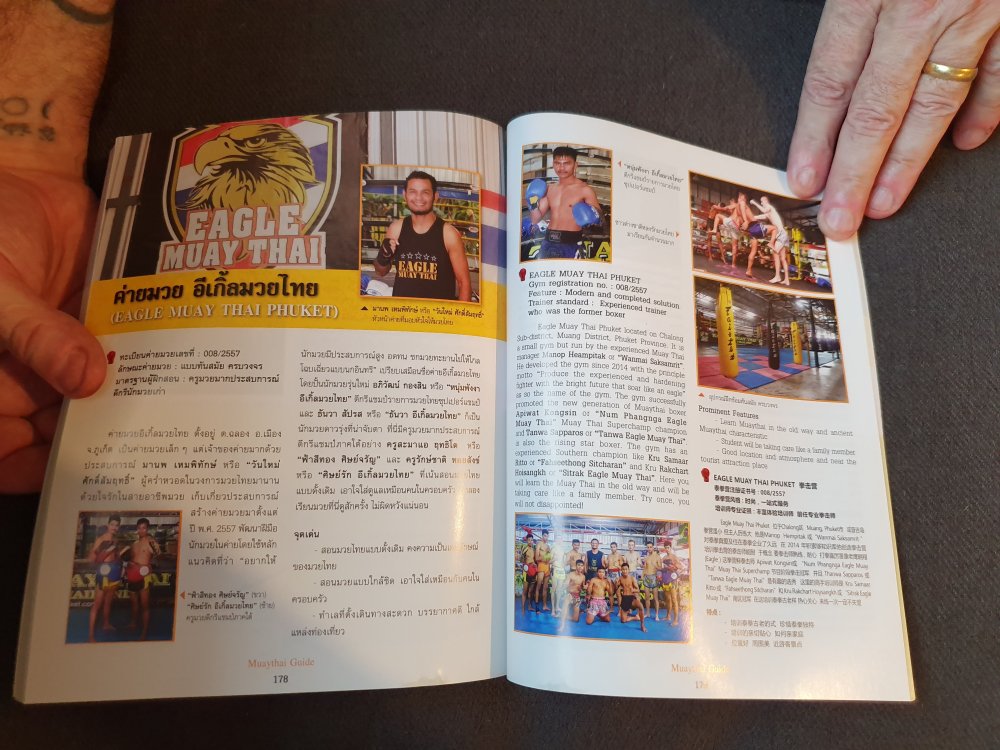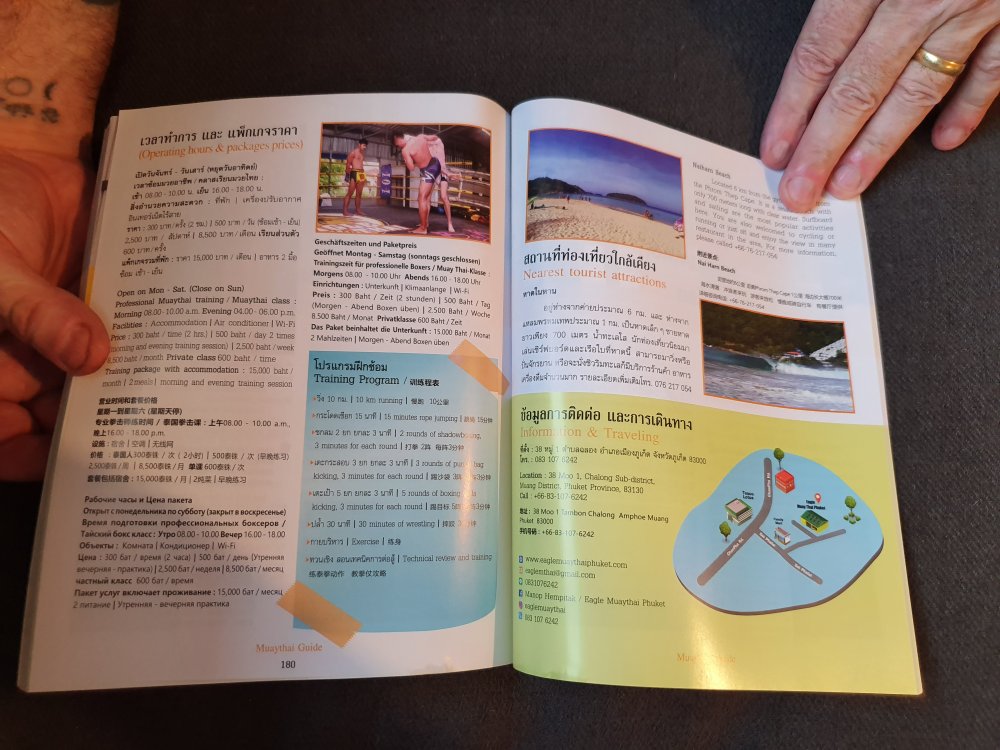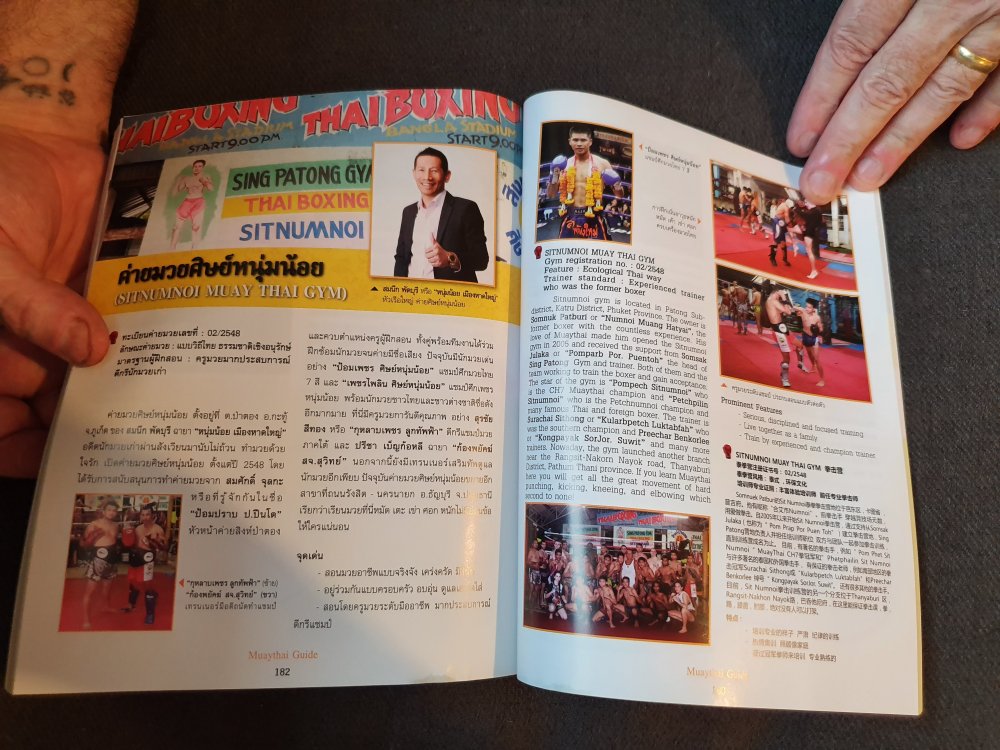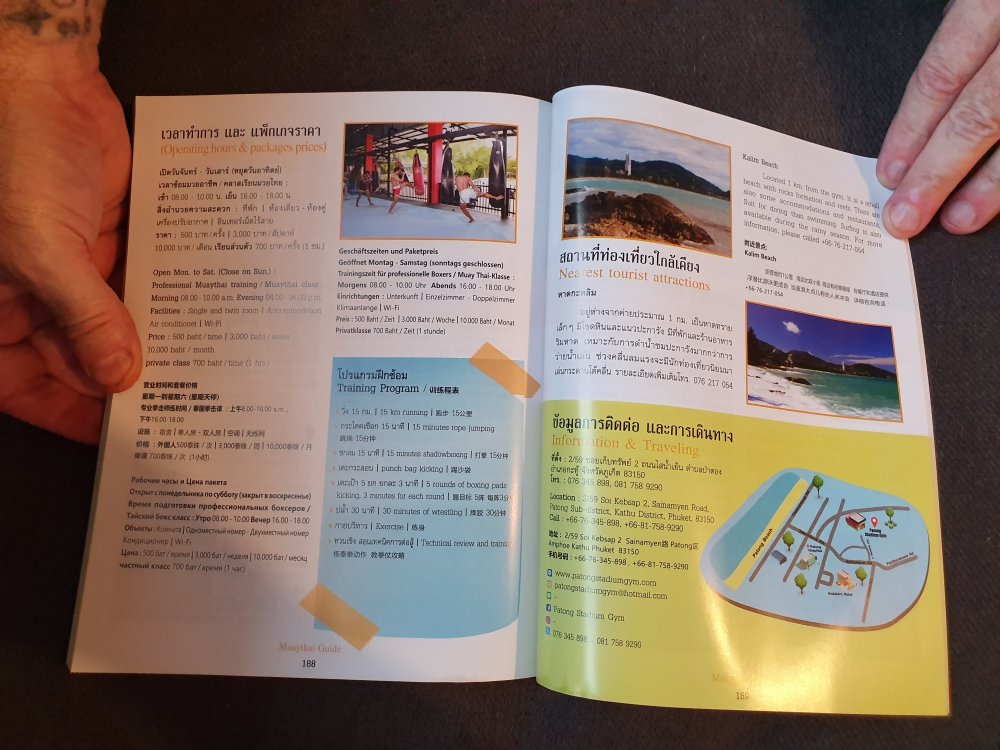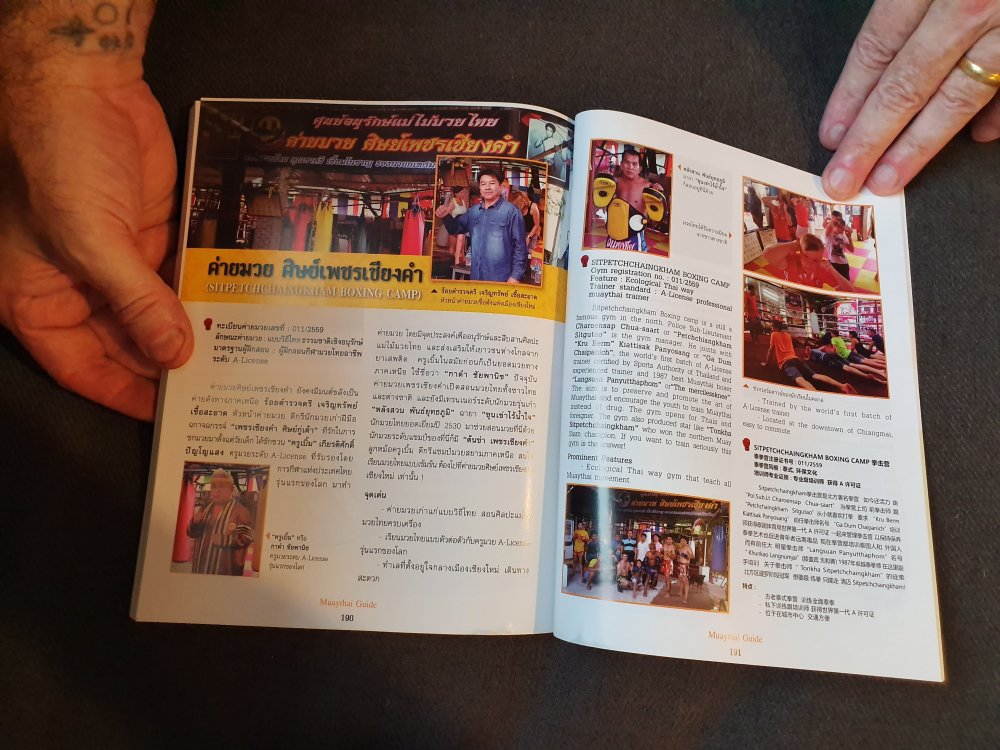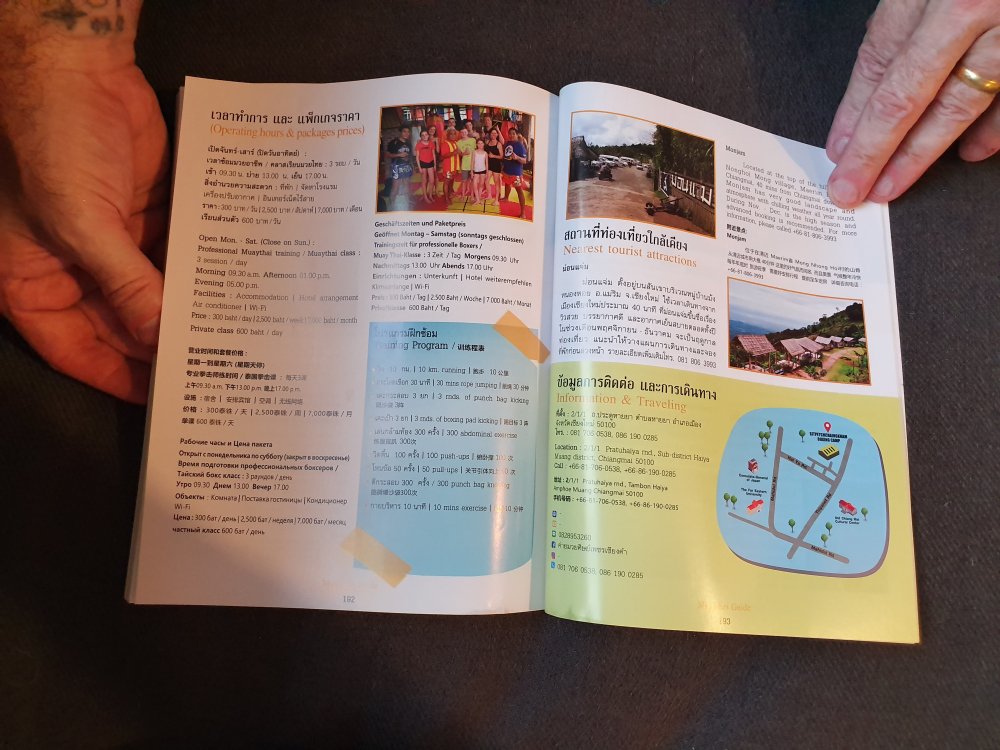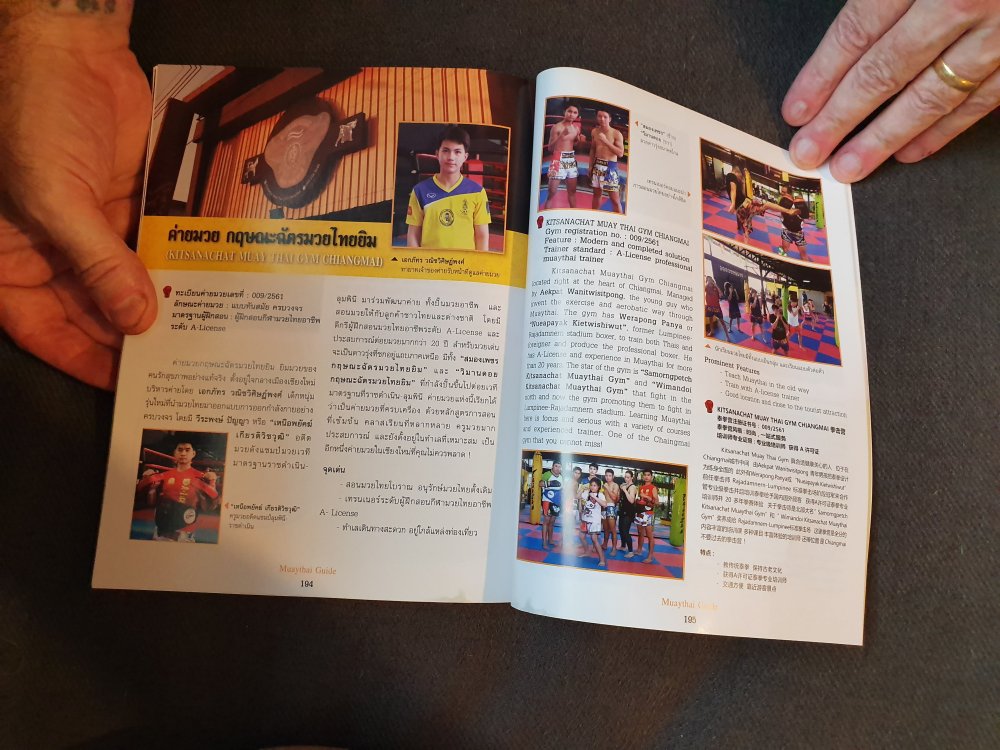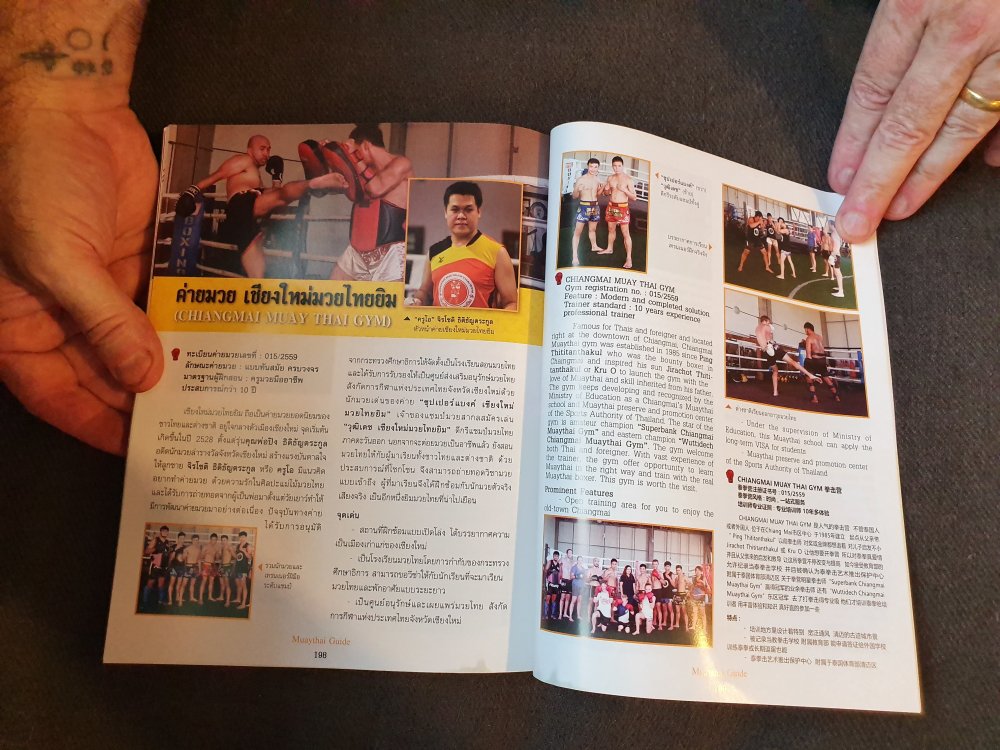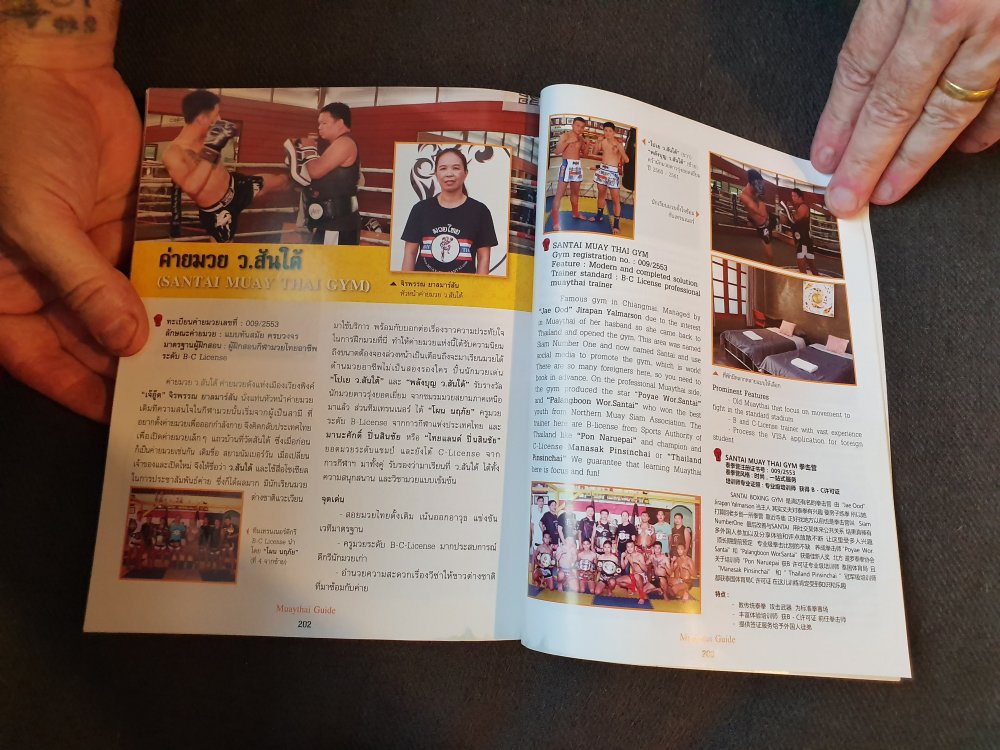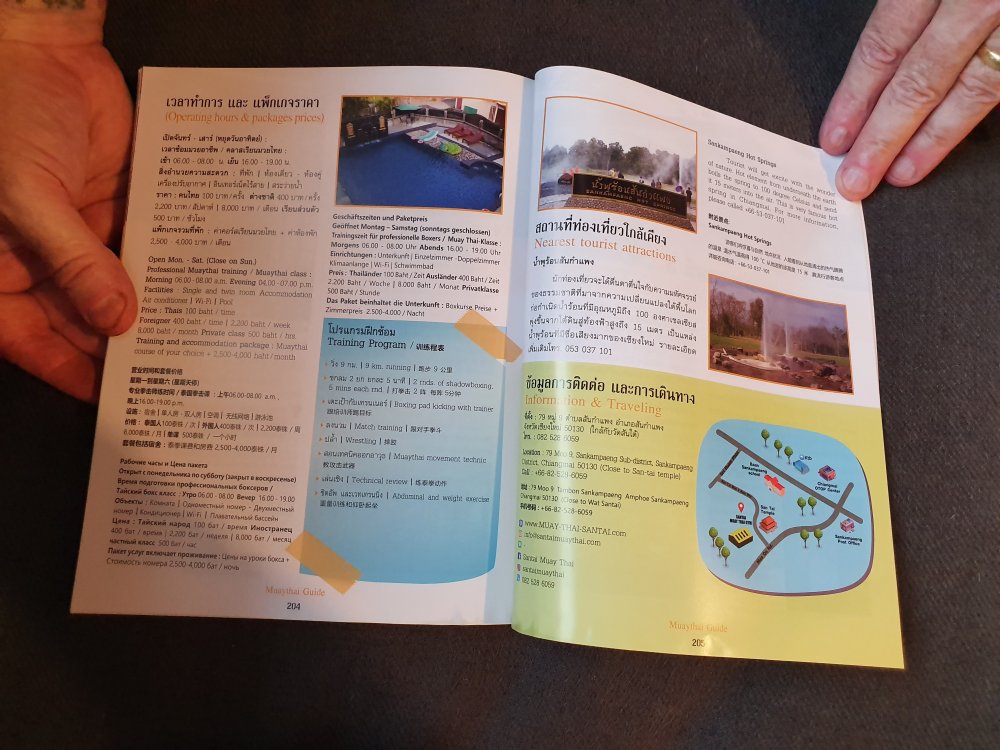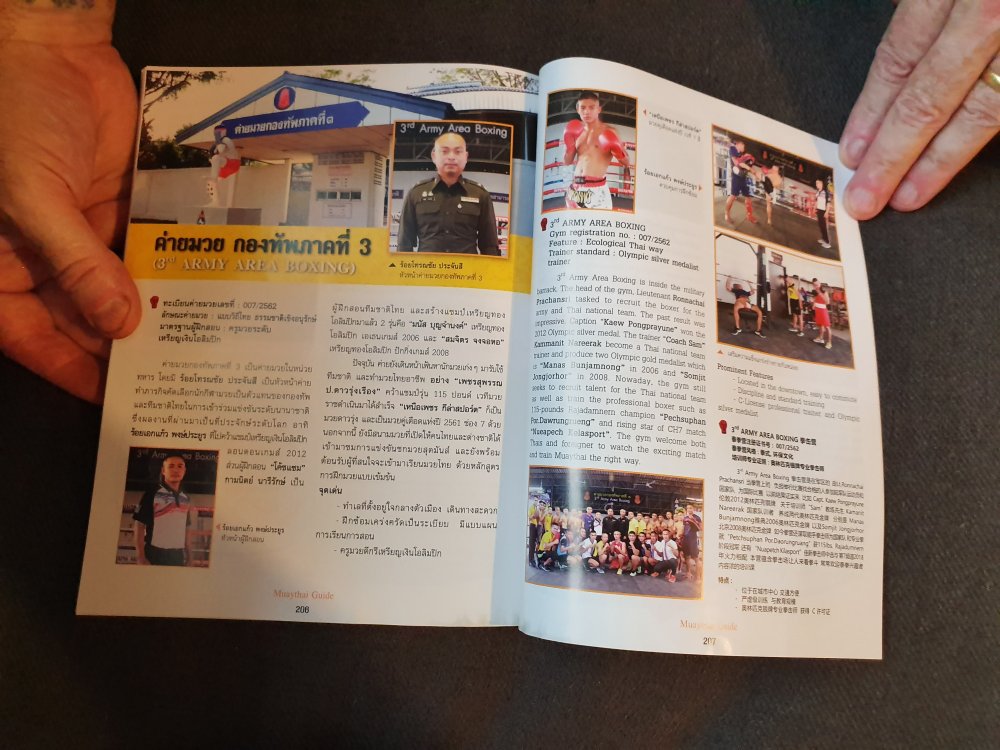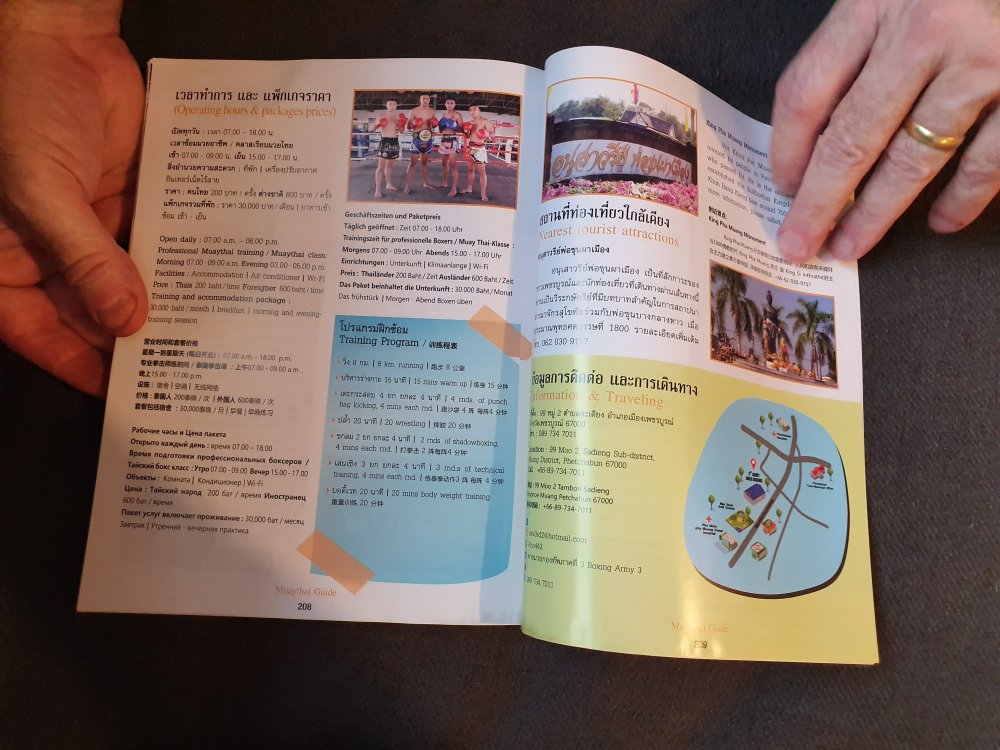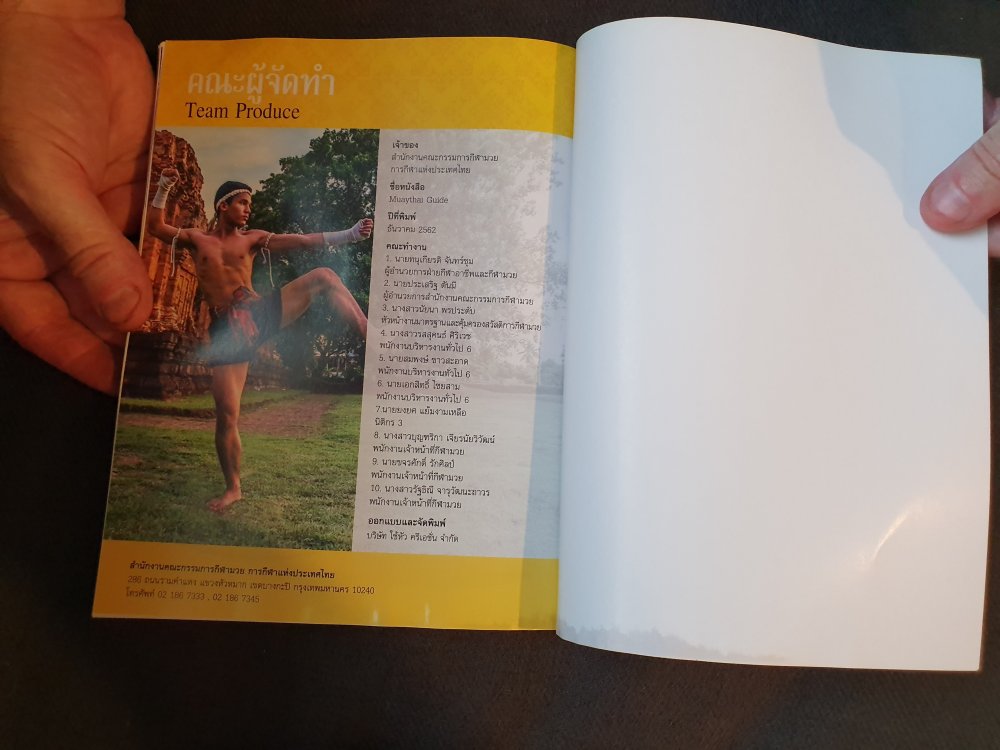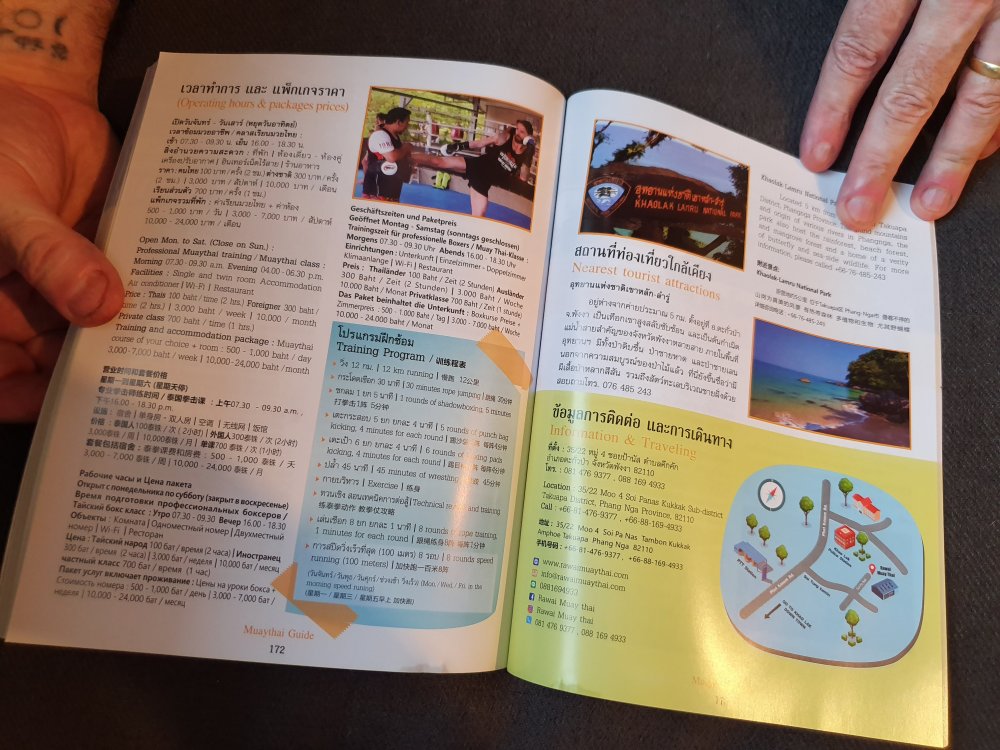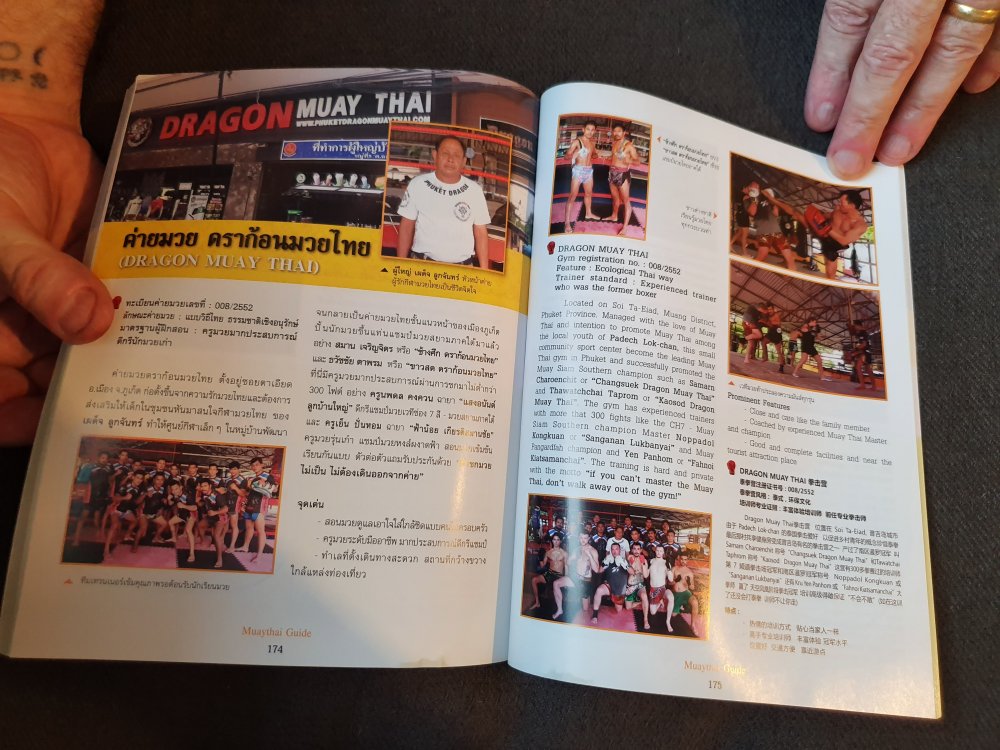Leaderboard
Popular Content
Showing content with the highest reputation on 01/22/2020 in all areas
-
It's actually a lethwei gym in Yangon, Myanmar and I don't have a my gear with me and I have not been offered shin guards and I'm just going with the flow and doing what I'm told. In general the trainers are pretty rough with me compared to Thailand. Not violent, they just a bit rough including that shin guards are not offered to me. The trainer put on one shin guard after some sessions but he uses both his legs so it's still painful. Not sure if it is this gym, or these trainers, or me, or lethwei, because I have nothing to compare to. I have the feeling I'm being tested for toughness (this is like a fitness gym but I'm getting different training than the fitness students). So out of pride I'm refusing to ask for protection. I like it as it makes my kicks faster and more elegant and I think more before I move, but I also noticed I automatically stopped blocking and instead catching kicks which might not be great. I also started sparring and doing bags and pads without gloves as this is how you fight lethwei. It's a cool feeling. But I can't say I prefer one or the other.3 points
-
I remember Natasha Sky, who was at Sinbi at the time, said her trainers did Apple Cider Vinegar, cinnamon or cayenne pepper, and salt, then wrapped it in plastic wrap with that concoction under it. Never done that myself, but there it is. The work you're doing should be all you need to condition them for more of what you're doing, but I don't know that there's any way to "hack" the process. Obviously not recovering between is just going to be sore shins all the time, but stopping and starting is the same. Maybe use the bottom of your feet to "kick" for a bit.2 points
-
Cool to look at. Two useless arms. Conor has a basic Thai clinch position. Arm loop + inside frame. Cerrone exerts no control or pressure over either arm, especially on the shoulder strike side. This lazy over position on the frame drives me crazy. Happens all the time. What's beautiful about this is how Conor is giving ground, which really sets it all up. Backwards movement in clinch is key to so many dominant movements. watch the slow motion of the strikes here: https://web.facebook.com/watch/?v=2852823818097683 This is a pretty fascinating strike in that it's set up by a general grinding forward, and the lack of pressure or control, but also because it develops from a very common position in Muay Thai, so much so it would be pretty easy to get lazy about it. No Thai would just grind forward like that in the clinch, which is a pretty big factor here, but they very well might not dig their head in deep enough, like Cerrone, to control the shoulder and collar bone, or not snake in hard enough from the top arm position. Because Thais clinch train in very lengthy sessions habits and position assumptions do develop - and I find these unconscious shapes pretty interesting. Though shoulder strikes are perfectly legal in Thailand's Muay Thai, they really are almost never seen, likely due to evolving aesthetics, and maybe a sense of sportsmanship. In short, this is a kind of a "hole" in the form of Thai clinch, I suspect. Proper technique probably closes the hole pretty firmly, but proper,. or optimized technique is not always happening, or even trained. From this position Cerrone, in Muay Thai, would be most concerned with the elbow. The shoulder isn't even thought about. It's a blindspot. Blindspots happen in fighting styles and disciplines, shaped by rulesets, cultural aesthetics, and training practices. The shoulder is actually a hidden appendage and leverage point in lots of high-level Thai clinch technique, but it's not thought of as a direct weapon. I imagine that it would likely be seen as "base", perhaps in the way that Yodkhupon's amazing high volume elbow fighting style was looked down upon, despite winning at the highest level (simultaneous stadium belts in the Golden Age). I personally find this strike really interesting because the McGregor position is a dominant one that Sylvie works herself toward and secures in lots of fights. She loops that right arm hard, and is always exploring developments from there. This is a Dieselnoi position. Most often it's considered better to control the neck with the left arm, and work towards knees and turns, but this frame up exposing the open side, pinning it open is definitely an active position. So much of this strike is dependent on Cerrone grinding forward, allowing McGregor to bounce back and load. But it does seem that the shoulder strike is a perfect fit in the vocabulary from this position, even if under neutral pressure. There is a lot to be developed here. Even as a threat (as a miss), it can get the opponent to posture up too high, and set up knees or a deep turn.1 point
-
You can use it as an occasion to maybe become more accurate with the block, and try and catch the kicks up at the top of the shin where the bone is thicker, below the knee, or even bending the leg and catching it with the knee point. This is basically the Low Kick Destroyer (catching low kicks on the knee point). It might be worth experimenting with, just to avoid catching all kicks.1 point
-
Thanks so much Sylvie. I've never heard of the apple cider spice mix I think I'll give it a try. Sounds fun. The goal is to have the same experience as @Kero Tide describes above but it might be too late.1 point
-
1 point
-
Found this thread while I was searching for info on sparring without shin guards. I'm currently sparring without shin guards (and mouth guard lost it cannot get hold of a new one for a while) and although I love it, the pain is getting to me. Obviously it's light sparring but we block shin on shin and my partner has the boniest hardest shinbones I've ever experienced and while my shins are full of dents, swollen, puddle of blood and stuff between skin and shin bone he doesn't feel it. My shins are burning most of the time. I do the hot water towel massage thing. And put liniment on before training. And tiger balm before bed. Anything help to help speed up the hardening process? I've heard something about luke warm salt water should help?1 point
-
I have mixed feelings on all of this. The best answer I have is a bit of a non-answer. For me there is a time and place for safety equipment. If I am doing simple drilling I kind of like doing no pads, but for full sparring I prefer to wear shin guards. It really just depends on the partner, pace, and power levels. I have training partners that I loved sparring with (no longer work with them), but I can't imagine us training without shin guards lol. That is because we went fairly hard though. I like to spar somewhere between 60-80%. We could only go hard like that though because we knew each other quite well and understood when to back off a bit. Even when we tested each other a bit there was always an understanding to back off if it got to be too much and it was never emotional. That said, I've been dropped with a few shots in sparring and had my nose fractured twice lol. I've had other partners that I also sparred "fast" with, but with much less power. I never sparred them with no shin guards, but I think we would have both done really well with that. It's just different with each person. The added protection is just that... added protection. Depends on what you are doing and who you are working with.1 point
Footer title
This content can be configured within your theme settings in your ACP. You can add any HTML including images, paragraphs and lists.
Footer title
This content can be configured within your theme settings in your ACP. You can add any HTML including images, paragraphs and lists.
Footer title
This content can be configured within your theme settings in your ACP. You can add any HTML including images, paragraphs and lists.

